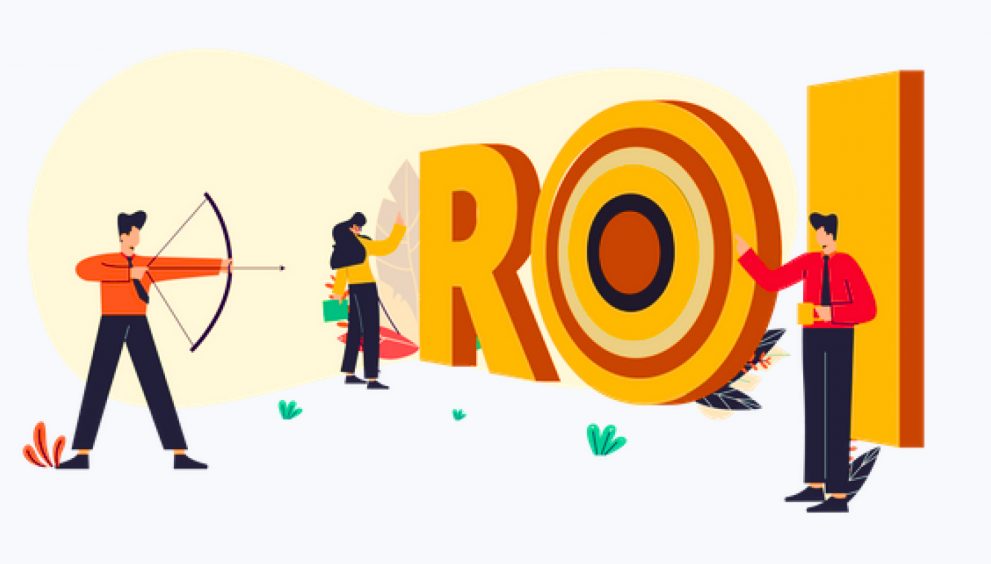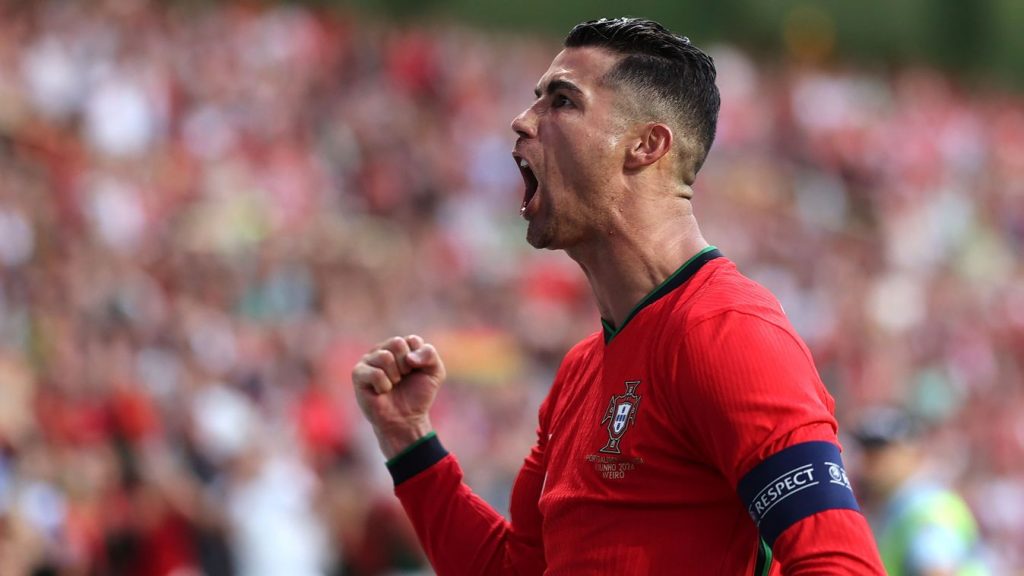What is a good ROI in sports betting?

What is ROI? 🙄
ROI (Return on Investment) is an economics term. It is used in many areas of life, from the gambling industry to the success of any other investment.
The calculation is very simple in sports betting: (bet placed + profit) / bet placed.
Consequently, ROI can have a negative sign, since if your balance is negative, your ROI will also be negative.
Example: A given bettor has placed 1,530 units on 400 bets, for a total profit of 64 units. In this case, his ROI is calculated as (1530+64) / 1530 = 1.0418 —> i.e. ROI is 4.18%.
The ROI can be calculated even for a single tip, since if we look at it for a single tip, if that tip is a loser, the ROI is -100% anyway, while if it is a winner, it is equal to the multiplier over 1. So if you place a single bet and give a winning tip with odds of 2.20, your ROI is 120%. But of course, calculating ROI on a single bet doesn’t really make sense.
Long distance in sports betting 💹
In order to evaluate the ROI for a certain number of tips, it is important to define what is a relevant sample, i.e. what can be called a long run. This depends to a large extent on the betting style, as some bettors will have a sample of 1000 picks in 2-3 months, while others will need several years to get 300 picks.
If we take out the extremes, we can talk about a relevant data set based on the various expert opinions at a sample size of around 700, at which point you can form an opinion about someone based on their numbers. In addition, the role of chance is negligible here, while in the case of a guess of 100, short-term luck/misfortune plays a significant role.
A massive number of tips is not only necessary for statistical reasons, but it is also likely that the vast majority of profitable bettors will come from this camp. We have learned before that around 96-97% of all sports bettors are long-term losers, but the higher the number of picks and the larger the sample, the easier it is for the bettor to recognise that he is a losing player. While those who have made sure they beat the bookmaker after hundreds of picks are unlikely to stop.
The question is not a simple one. If you write down that an ROI of -2%, for example, is a significantly better ROI than average, readers may look at you strangely, but then again, anyone who can achieve that number is close to beating the bookmakers.
Since bookmakers on average work with a margin of around 5-6%, i.e. profit, those who can keep their losses within this range are already much more successful than average. Consequently, a bettor with a 0% ROI, i.e. one who neither wins nor loses in the long run, is already considered a massively efficient bettor.
What is good ROI?
If we are talking about professional tipsters, however, they are expected to make a profit, at least, for example, the subscription fee.
In the long run, this is why an ROI of 5% is actually a very good indicator.
Once again, we are talking about a sample of almost 1000 tips.
The biggest flaws in ROI 📊
ROI is a good number to analyse and judge the work of a bettor or tipster, but it is not a perfect number – just as there is no such number, only the change in your account balance. One of the biggest flaws of ROI is that it doesn’t take into account the experience of the tipster, which is what comes into play when the tip numbers are extreme.
Does 5% ROI sound low in the long run? Let’s do the math!
If a bettor starts betting on sports with €200 capital and works with a 5% ROI, he will make a profit of €10 in a week – that doesn’t sound very steely at first glance. But thanks to the increased capital, the balance will be €220.5 by the end of the second week and €231.5 by the end of the third (that’s more than 15% growth), while after three months you’ll have almost doubled your initial stake. After a year, the initial €200 can swell to over €2500. So a 5% ROI may not sound good in the short term, but in the long term it will result in massive profits
Think of a tipster who has given up 800 tips in two months and one who has published that many ideas in three years, both with a 5% ROI. Which should we trust more? The latter, of course, because even if the number of tips is the same, 36 months of work is a better reflection of the tipster’s reliability than 2 months.
The other big problem is the size of the markets, which is also related to the betting style. For example, if you take the Champions League, Premier League and other markets where it is almost impossible to beat the bookmakers, a 5% ROI is brutally good, whereas in smaller markets, ITF tournaments, minor leagues, tier sports, you can expect a higher ROI due to frequent odds and low limits.
So should I not trust someone with a 20% ROI after 300 tips?
That’s not it either. There are plenty of ways to “guess” the qualities of a tipster even before he has 1000 tips or 3 years behind him. For example, if you can see that a tipster is betting on smaller markets, that his odds regularly beat the bookmakers’ closing odds, or that he is providing credible and relevant justifications for his picks, you can be sure that he will be a good long-term bet.
Finding value in such tipsters is no easy task, but it can be extremely rewarding.



 English
English 









